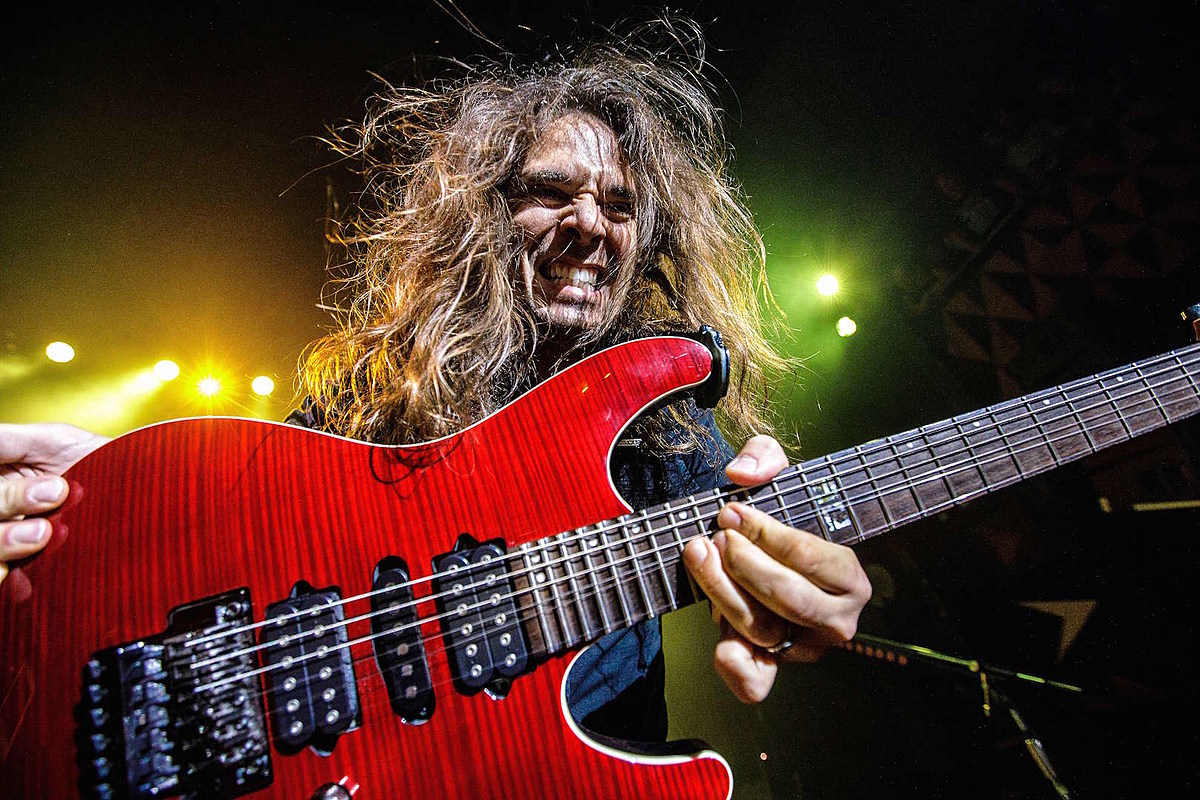The Basic Parts of a Sheet Music Stand

Music stands come in several varieties and styles, and can be made from many different materials. But with few exceptions, they all share the same basic parts. From lower to upper these consist of the “base”, the “shaft”, and the “tray”.
The Base
The base of a sheet music stand will most often have three legs and be of either a tri-pod or standard, fixed-base design. A tri-pod base attaches the tops of the legs to the shaft part way up from the floor, with three bottom contact points on the ground. These types of legs are almost always foldable or collapsible. Virtually all folding and portable sheet music stands are designed this way. A stand with a standard base will also often have three contact points on the ground, but the other end of the legs will usually be steel-welded to the bottom of the shaft. This will give the stand more stability, but will sacrifice the ability of the stand to easily fold down into a smaller space for more convenient carrying. Most stands found in schools are of this type.
The Shaft
The middle part of the music stand, which connects the base with the tray, is the shaft. If the stand is height- adjustable, then most likely the shaft will have two tubes, one inside the other. These tubes will telescope and then lock at the desired height. If a stand has a standard base, then it is highly likely that the shaft will be of a “one piece” design. That is, the outer tube will be a single piece and will not collapse to any shorter than the minimum playing height. If a stand has a tri-pod base, then it may have a one, two, or three-piece shaft (or more). Multiple-piece shafts will either telescope down to a very small size for ease of transport, or the pieces will separate and thus take up much less room side by side. Naturally, the single piece shaft is considered the strongest, however, folding and portable music stand shafts have become much stronger in the last few years.
The Tray
The part of a sheet music stand which actually holds the music is commonly called the tray or the “desk”. The tray consists mainly of two parts. The vertical backing is called the “bookplate”, and is usually either a single, solid piece, or is constructed from several interconnecting bars that have spaces between them (as with folding stands). The horizontal support (which keeps the sheet music from falling to the floor) is called the “shelf” or the “lip”. The average depth of a shelf is about two inches, but this can vary depending on the intended use of the stand. If a musician intends to read music from books, for example, then a stand with a deeper shelf would be needed. The shelf usually comes as either a single, attached piece, or is in two parts which fold together at the middle. The entire tray (bookplate plus shelf) may or may not be adjustable for tilt angle, and varies in size and strength.
Sheet Music Stand Differences
These are the basic parts of the vast majority of music stands you will encounter. Most of the exceptions will be in favor of artistic design and come from stands that are very beautiful, but sometimes not easily portable. Some examples include music stands with solid (legless) bases, duel-shafted stands, and jazz or “big band” style cardboard stands. And given that there are a myriad of sheet music stand designs, having a grasp of the basic workings of one of the most important pieces of equipment a musician will use is helpful for two reasons. Growing your general musical knowledge is always important; and becoming familiar with these specific terms will make you better able to compare different stands for your own musical needs.



